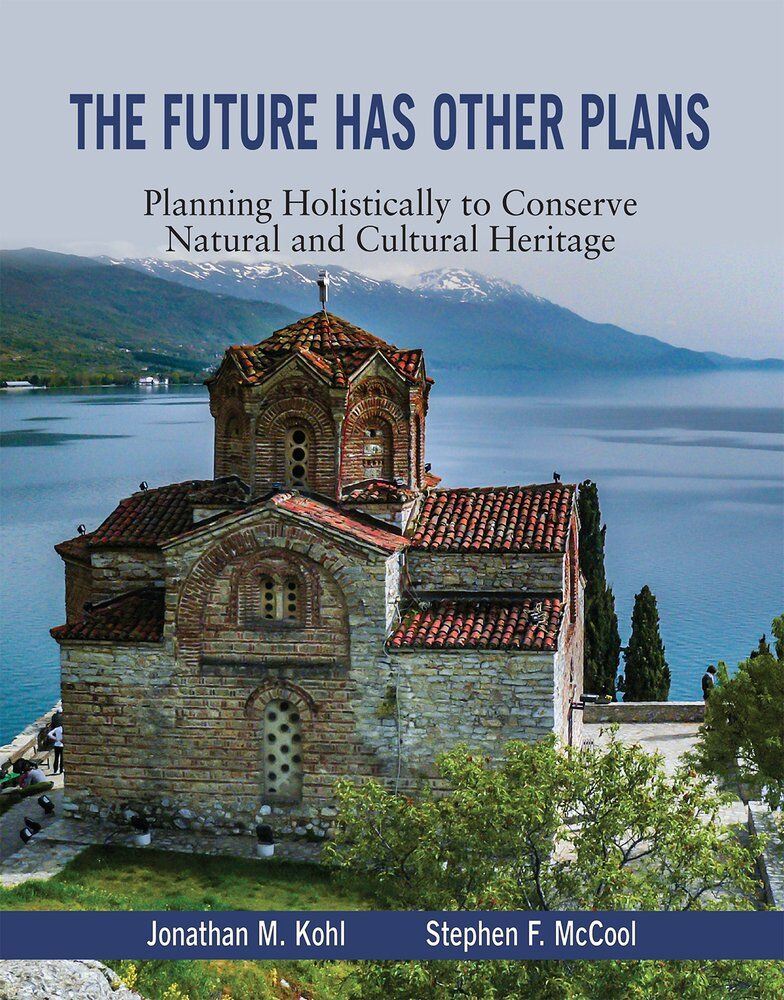| Advancing Integral Heritage Management |
brief history | Phase 1: RARE’s Public Use Planning Program
|
|
Hengki, the public use coordinator of Komodo National Park facilitates a public use planning session. In 2000 RARE joined with UNESCO/World Heritage Center, UNEP, and the UN Foundation on a project to link sustainable tourism and biodiversity conservation and PUP enjoyed and infusion of investment. It worked in Guatemala, Honduras, Mexico, and Indonesia developing its participatory approach to public use planning. Phase 2: UNESCO’s Ad Hoc Public Use Planning ProjectIn 2003, RARE decided to focus on its conservation pride work and let its tourism programs go. Jon and PUP left together. In 2006 Jon began to work again with Art Pedersen, the director of the Sustainable Tourism Program at UNESCO and took PUP to Macedonia, Montenegro, Belize, Vietnam, and eventually to Portugal and Kenya. During this time the methodology to produce a plan was tested again and again.
Phase 3: PUP Global Heritage ConsortiumIn 2013, however, PUP began its own organization rather than an ad hoc consultant-driven project of UNESCO. Now the PUP Global Heritage Consortium has its own platform, membership, and creates the conditions necessary for more successful public use planning, with its overall focus on implementation, not creating more documents.
In 2016, PUP became a non-profit corporation in the state of Colorado
and then earned its 501(c)3 status under the IRS in 2017. As such it
formalized its board and became an official legal entity. Also in 2016, PUP executive director Jon Kohl and PUP founding board member Dr. Stephen McCool published (Fulcrum Books) the book that now serves as the philosophical backbone of the PUP Consortium. Phase 4: PUP CollaboratoryAt the end of 2023, PUP published its visionary summary of the PUP Collaboratory, a fusion of an online toolbox, think tank, online community of practice, technical assistance consulting service, and PUPdating (like, match.com). The Collaboratory represents PUP's new central strategic feature around which all else adapts from our impact in the world, board director composition, and future activities. This is a monumental shift in strategic clarity for the organization. |

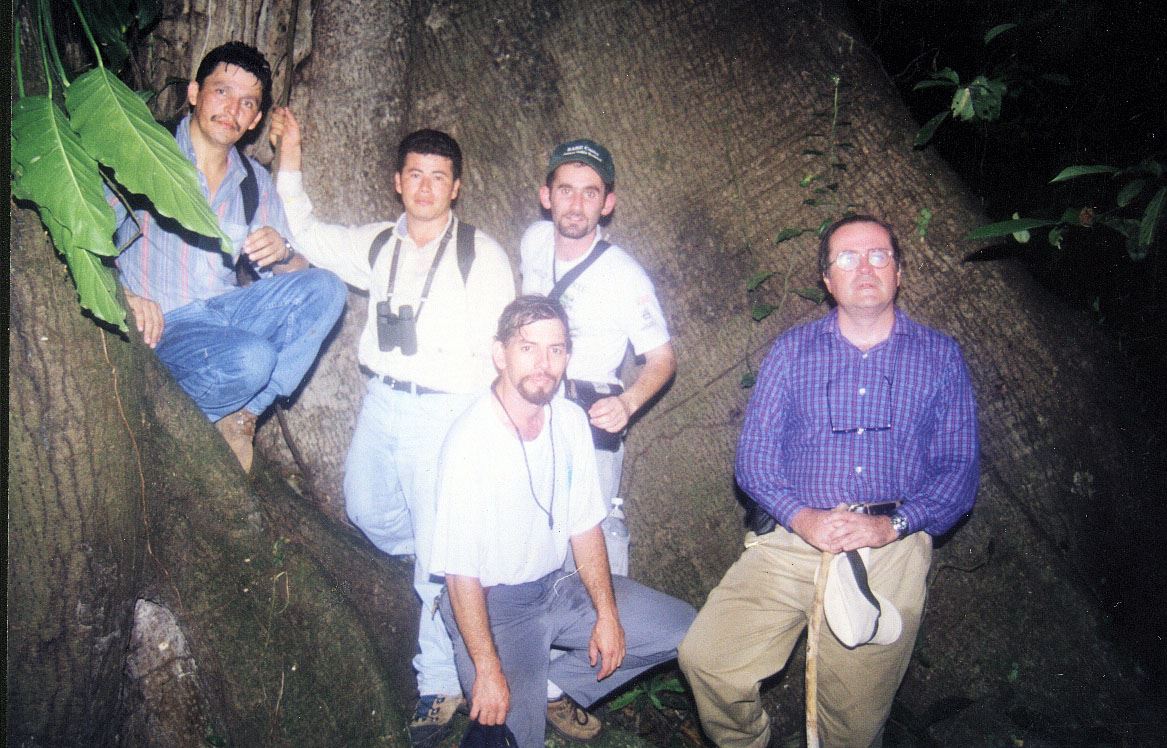 In 1998, the president of Pico Bonito National Park, Ricardo Fito Steiner (left first row), asked RARE Center for Tropical Conservation to help identify a methodology to create a public use plan. After an informal survey of the park planning landscape of Latin America, RARE reported back that there was nothing out there they could recommend because the landscape was covered with unimplemented management plans of all kinds. Rather, because RARE worked in ecotourism and grassroots development, it thought it could come up with anything as good as what was out there. But the director of the Ecotourism and Community Development Program, Brett Jenks (now president), told Jon Kohl (formerly of the Nature Guide Training Program, wearing the green RARE hat above), “Fine, but I won’t want any more unimplemented plans.” The mandate was to identify plan implementation barriers and develop a methodology to get around them. From the outset on the North Coast of Honduras, the Public Use Planning Program (PUP) began with a mandate of research and action learning. None of this could have happened without the support of the late executive director of Pico Bonito, Gerardo Rodriguez (upper left).
In 1998, the president of Pico Bonito National Park, Ricardo Fito Steiner (left first row), asked RARE Center for Tropical Conservation to help identify a methodology to create a public use plan. After an informal survey of the park planning landscape of Latin America, RARE reported back that there was nothing out there they could recommend because the landscape was covered with unimplemented management plans of all kinds. Rather, because RARE worked in ecotourism and grassroots development, it thought it could come up with anything as good as what was out there. But the director of the Ecotourism and Community Development Program, Brett Jenks (now president), told Jon Kohl (formerly of the Nature Guide Training Program, wearing the green RARE hat above), “Fine, but I won’t want any more unimplemented plans.” The mandate was to identify plan implementation barriers and develop a methodology to get around them. From the outset on the North Coast of Honduras, the Public Use Planning Program (PUP) began with a mandate of research and action learning. None of this could have happened without the support of the late executive director of Pico Bonito, Gerardo Rodriguez (upper left).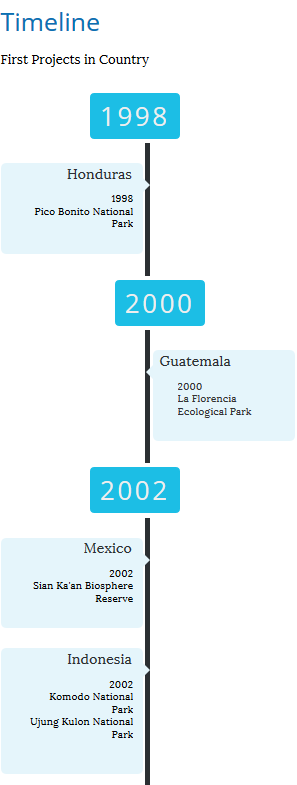
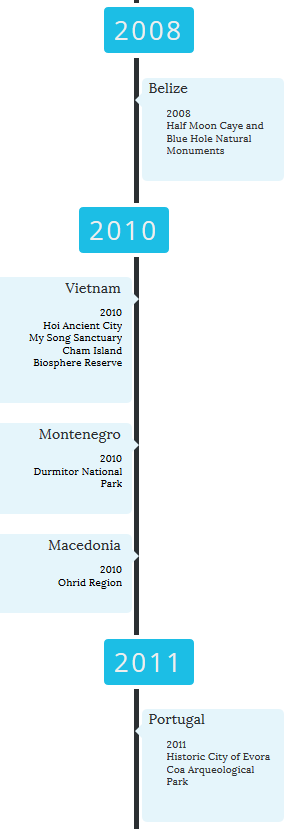
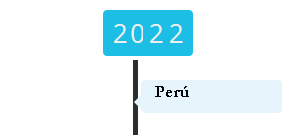
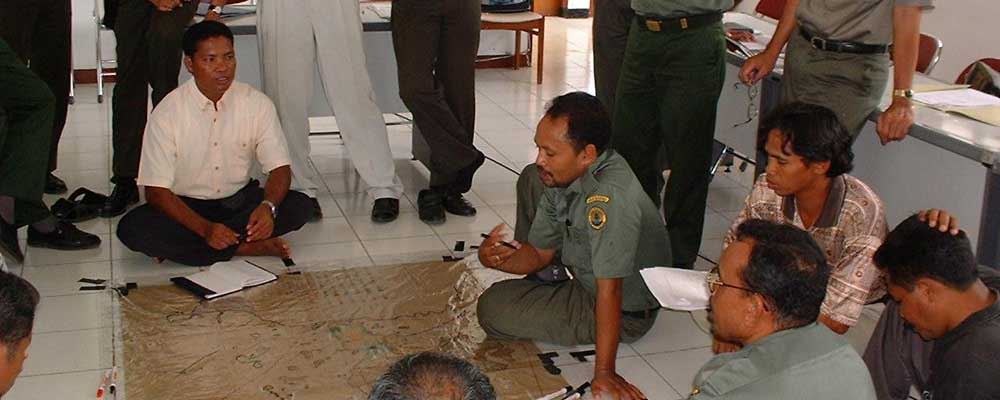
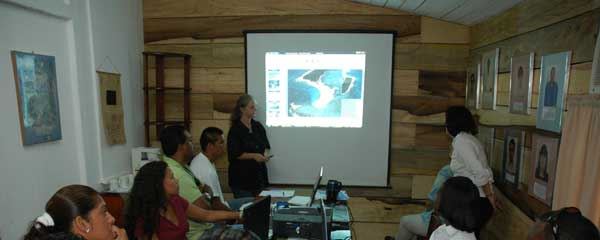 The Belizean Reserve Barrier Reef System used the PUP manual and without almost any technical assistance created its own public use plan for the Blue Hole and Half Moon Caye National Monuments.
The Belizean Reserve Barrier Reef System used the PUP manual and without almost any technical assistance created its own public use plan for the Blue Hole and Half Moon Caye National Monuments.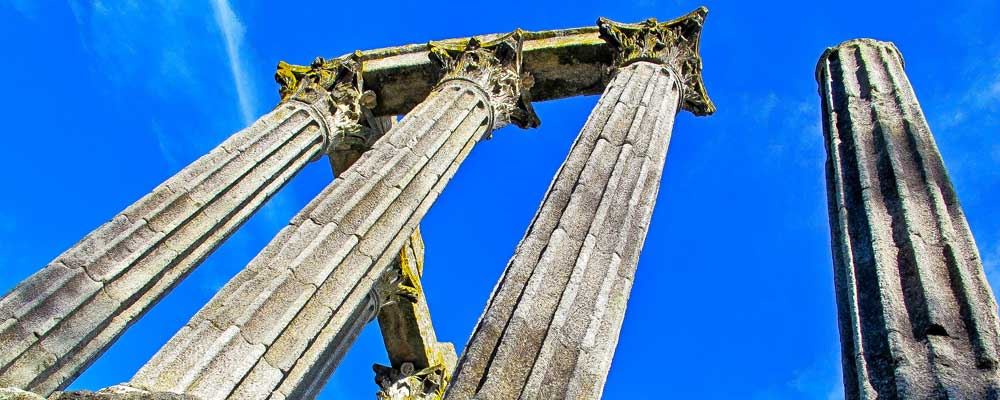 In 2012 to 2013, PUP worked with the Portuguese City of Evora on its public use planning.
In 2012 to 2013, PUP worked with the Portuguese City of Evora on its public use planning.